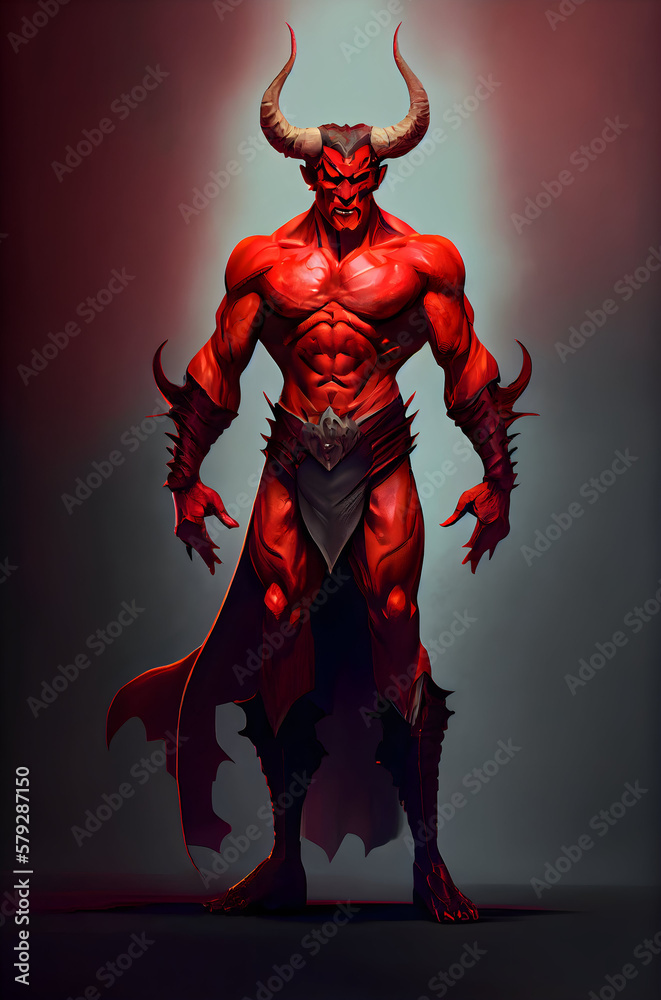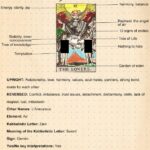The devil is a card that elicits strong emotions and vivid imagery in the realm of tarot. Often perceived as a harbinger of malevolence, this card, denoted as Major Arcana card XV, embodies not only sinister interpretations but also a plethora of lessons and reflections that traverse the duality of light and shadow. In this comprehensive exploration, we will sift through various dimensions of the Devil card, unveiling its multifaceted meanings and its implications in both upright and reversed positions.
At the outset, it is essential to comprehend that the Devil card is not merely a symbol of evil or misfortune. Instead, it serves as a potent reminder of the bondage that can arise from materialism, addiction, and unhealthy relationships. It reflects the darker aspects of the human psyche—those instincts and desires that can constrain us. Thus, its presence in a tarot reading warrants an introspective examination of what chains us and how we might liberate ourselves from such fetters.
When positioned upright, the Devil card stands as a formidable representation of temptation, addiction, and excess. It encourages individuals to scrutinize their dependencies—be they chemical, emotional, or psychological. Those who are encountering the upright Devil might be embroiled in situations where they feel powerless or ensnared by their desires. Whether it’s an obsession with material wealth, unbreakable habits, or relationships that serve more as bondage than fulfillment, this card illuminates the need for acknowledgment and confrontation of these challenges.
As one delves deeper, the concept of illusion becomes particularly poignant. The Devil card may signify a façade, prompting the querent to discern between reality and the deceptive allure of worldly attachments. It beckons one to confront their fears and acknowledges that true liberation often lies beneath the surface of one’s perceived constraints. This journey toward freedom can be arduous but ultimately rewarding, as it allows for genuine personal growth and self-awareness.
Conversely, when the Devil card appears in its reversed position, the readings can veer toward notions of liberation and empowerment. In this orientation, the card suggests the breaking of chains, the release from the throes of dependency, and the newfound clarity arising from recognizing toxic patterns. It may also signal a period of recovery, illustrating the querent’s determination to shatter illusions and reclaim their autonomy. The reversal can denote a turning point, where the acknowledgment of one’s struggles leads to constructive growth and healing.
Moreover, the Devil card’s duality serves to highlight another essential aspect: the allure of sensuality and embrace of one’s primal instincts. In some tarot interpretations, it encourages an exploration of desires without succumbing to destructive behaviors. Instead of treading into self-destruction, the card invites an understanding of how passion can coexist with prudence. Such a perspective emphasizes the importance of maintaining balance between pleasure and moderation—an intricate dance between gratification and self-control.
The rich symbolism of the Devil card, embellished with imagery of chains, fire, and a horned figure, speaks to the conflicts intrinsic to the human condition. The chains depicted often symbolize choice, suggesting that one is indeed ensnared by their own decisions rather than external forces. The fire represents transformation and purification, hinting that confronting one’s inner demons can lead to profound metamorphosis. This multifaceted imagery serves as a visual catalyst for exploration and understanding, urging individuals to grow from the experiences represented by the card.
As one contemplates practical applications of the Devil card, it can serve as a guide for navigational journeys through both personal and professional landscapes. In the context of career, the presence of the Devil might reflect a toxic work environment or an unhealthy obsession with success, prompting one to reevaluate their motivations and goals. It encourages the assertion of one’s boundaries to prevent emotional exhaustion and burnout.
In relationships, the Devil card invites scrutiny of dynamics that may be rooted in control, manipulation, or dependency. It means fostering open conversations with partners to address any unhealthy patterns that could harm the emotional fabric of the connection. This introspection can either catalyze self-improvement or lead to the dissolution of ties that feel constrictive.
The spiritual path illuminated by the Devil card is steeped in nuanced understanding. One may find themselves presented with a choice: to remain in the shadows of ignorance or to strive toward enlightenment. The journey begins with self-reflection, a courageous venture into the depths of one’s psyche to confront the darker revelations that one might encounter. Such exploration can usher in transformative insights capable of nurturing a profound sense of self-awareness, subsequently fostering a healthier relationship with both self and others.
Ultimately, the Devil card serves as a reminder of the complexities of human existence. Its message resonates with themes of temptation, choice, and liberation. In acknowledging the shadows within, individuals are more likely to cultivate their strengths and transcend limitations, fostering resilience in the face of forthcoming challenges. The juxtaposition of darkness and light encapsulates the essence of the human experience, illustrating that one’s journey is rarely linear but rather a profound tapestry woven with threads of both struggle and triumph.
In conclusion, whether appearing upright or reversed, the Devil card compels individuals to confront their deepest fears, dependencies, and repressions. It invites a voyage into the self that can transform one’s understanding of existence, ultimately encouraging liberation from the very confines we create. The Devil, no longer seen solely as a figure of malice, becomes a profound teacher—one that leads through the darkness to seek the light.







Leave a Comment